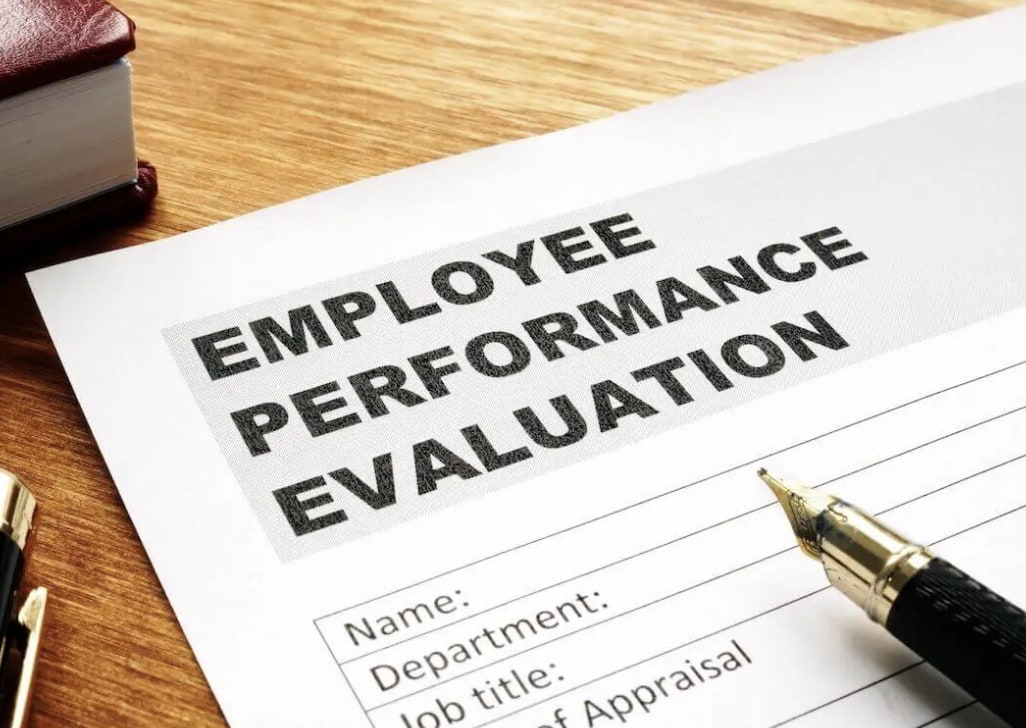Ending Performance Rating Inflation: OPM’s Strategy for Fair Evaluations

Ending Performance Rating Inflation: OPM’s Strategy for Fair Evaluations
By Ian Smith
OPM is instituting new performance and accountability standards as part of a significant overhaul to federal employee performance management.

The Office of Personnel Management (OPM) has issued a memorandum instituting policy changes intended to drive a high-performance, high-accountability culture within the Federal workforce. This initiative aligns with President Trump’s directive to transform the Federal bureaucracy by fostering a workplace where excellent performance is recognized and rewarded, and poor performance is addressed swiftly and effectively.
Key Policy Changes
Standardized Performance Appraisal Cycle
Agencies are required to adopt a government-wide fiscal-year performance appraisal cycle for all non-Senior Executive Service (SES)/Senior Professional (SP) federal employees at the start of the 2026 fiscal year. The memo states, “OPM will require all Executive agencies and the Government Publishing Office to transition to a standardized governmentwide performance appraisal cycle for all non-SES/SP employees, on a fiscal-year cycle, beginning on October 1, 2026, consistent with any bargaining obligations.”
Revised Performance Ratings
The new system mandates clearer criteria for performance ratings, distinguishing “fully successful” from higher performance levels to ensure accurate reflection of employee contributions.
Supervisory Accountability
A new mandatory critical element focusing on holding employees accountable has been introduced for all supervisory roles.
These new federal employee performance management reforms are intended to do the following:
- Ensure Consistency and Compliance: By standardizing performance appraisal cycles and performance management systems across all Executive agencies, OPM seeks to maintain conformity with statutory, regulatory, and OPM policy requirements.
- Enhance Accountability: The changes address the historical issue of inflated performance ratings and lack of accountability within the Federal workforce. They emphasize clear performance standards, rigorous evaluation, and accountability measures for both employees and supervisors.
- Improve Federal Services: By cultivating a culture that values high performance and efficiency, the reforms are designed to improve the quality of services delivered to the American taxpayer.
- Support Presidential Policy Priorities: The reforms align with the broader agenda of President Trump’s administration to optimize government operations, reduce inefficiencies, and ensure federal employees’ performance directly contributes to organizational and national goals.
- Strengthen Supervisory Roles: The policy introduces mandatory training and critical performance elements for supervisors to ensure they are equipped to manage performance effectively, recognize outstanding work, and address underperformance appropriately.
Ending Inflation of Federal Employee Performance Ratings
Agencies are instructed to implement the following three steps going forward:
- Limited Use of Pass/Fail Ratings: Pass/fail evaluation systems are to be restricted exclusively to seasonal workers, teachers, General Schedule grades 1-4, and Federal Wage System employees.
- Balanced Distribution of Ratings: Agencies should prevent an excessive number of employees from being rated at the highest performance levels, ensuring meaningful distinctions in evaluations.
- Executive Performance Narratives: Senior Executives overseeing ten or more employees must include an analysis of their team’s performance rating distribution in their annual performance reports, correlating it with organizational outcomes.
OPM explains that this is being done to combat inflation of federal employees’ performance ratings. The memo states:
For many decades now, performance management across the Federal workforce has fallen short of what the American people should expect. Too often, this has resulted in a lack of accountability and inflated performance ratings. Federal employee performance ratings should be normalized and reflect individual contributions to organizational results and outcomes.
Going forward, employee performance plans must “make clear distinctions among what is required to achieve performance at the various performance levels.” In particular, a “fully successful” rating must reflect that the employee is achieving all expectations for their position and is contributing in a meaningful way to the agency’s success in meeting organizational goals.
New Training for Supervisors
OPM is also instituting performance accountability training for supervisors. All supervisory non-SES/SP employees must have a new critical element in their performance plan that addresses holding subordinate employees accountable.
Supervisors and managers must receive training on performance management within one year of appointment to a supervisory position and refresher training every three years. Starting FY 2026, supervisors will also be required to complete a supervisory course.
